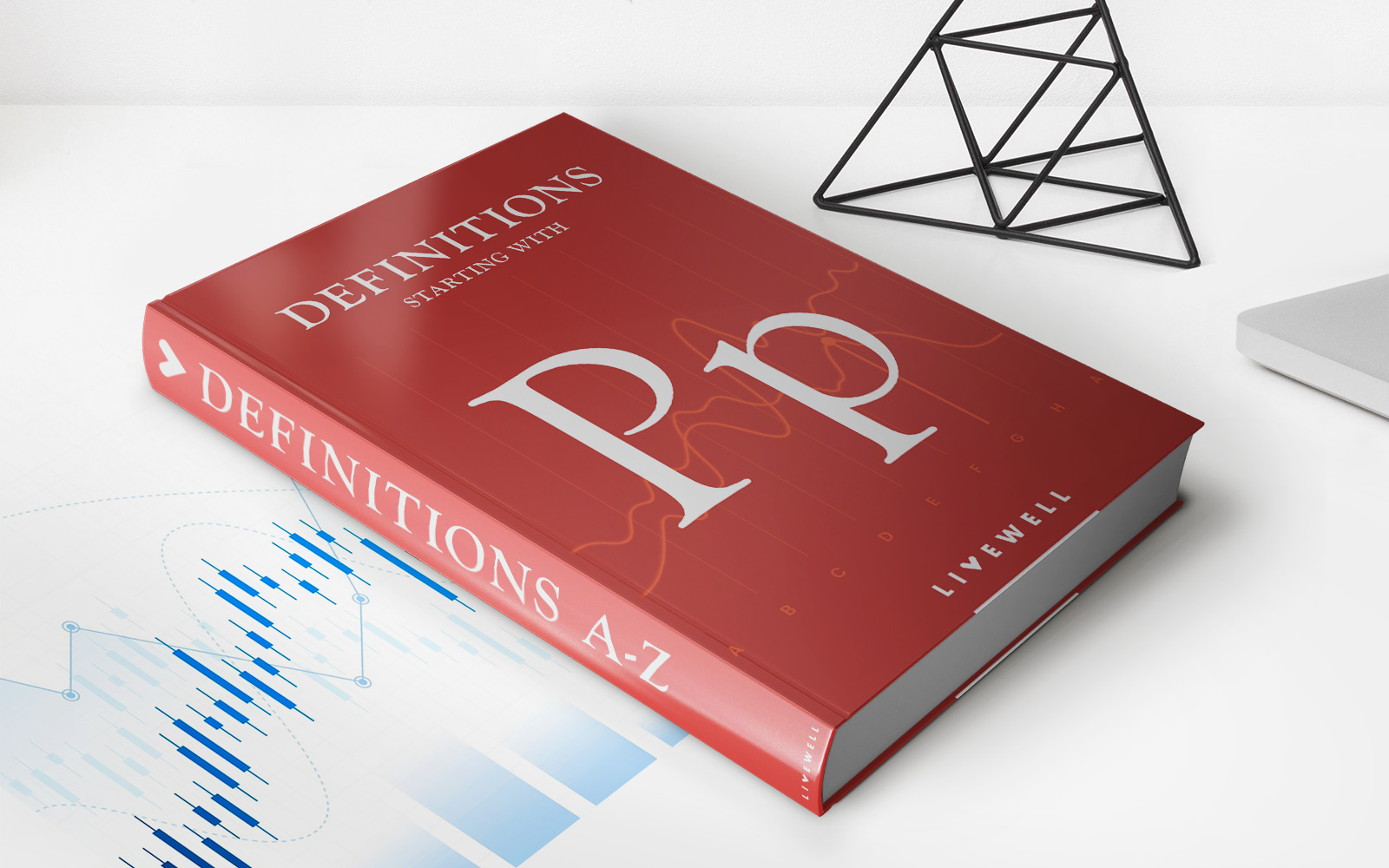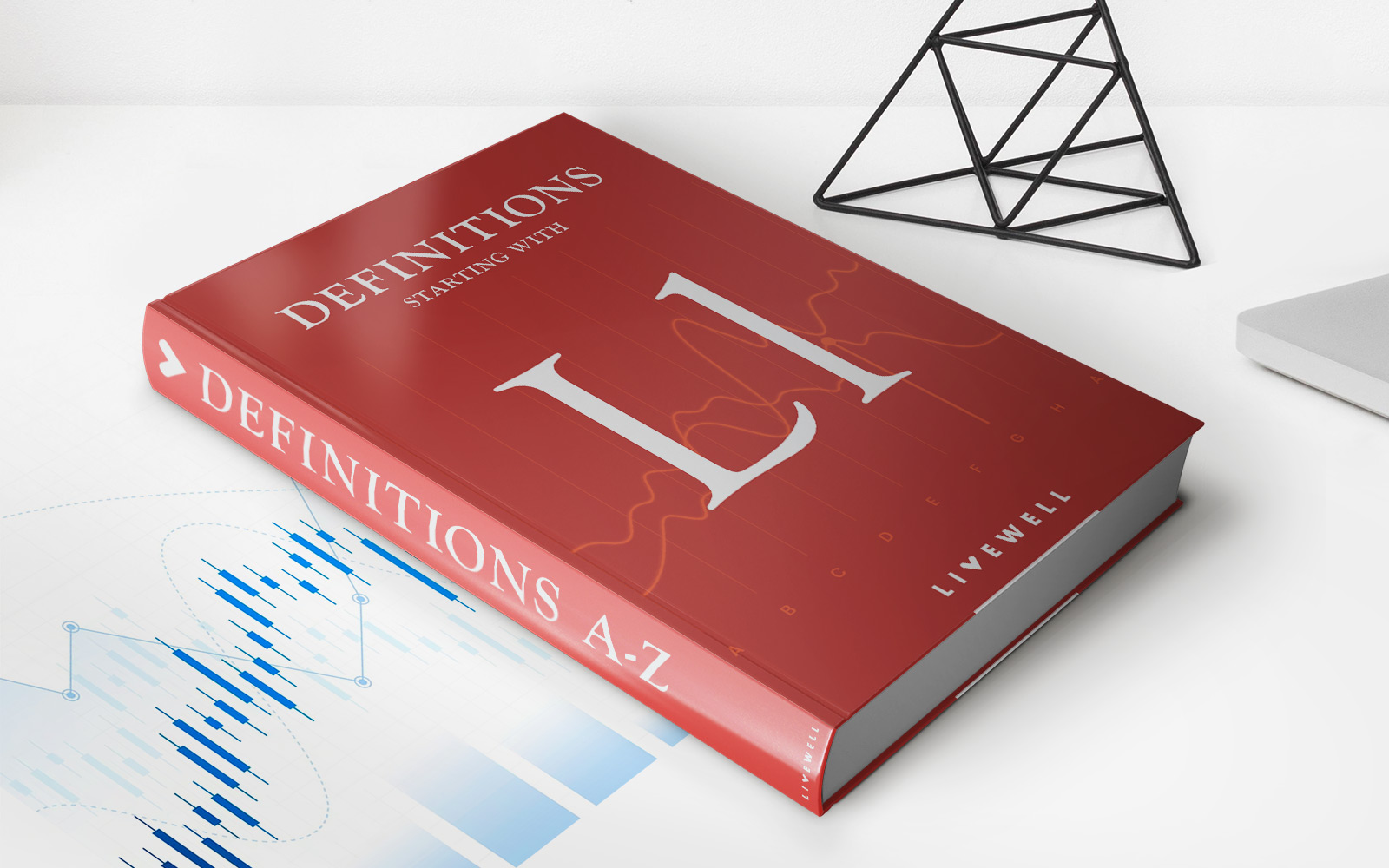Home>Finance>What Is Covered Under Personal Property Insurance?


Finance
What Is Covered Under Personal Property Insurance?
Published: January 22, 2024
Learn about the coverage provided by personal property insurance and how it can safeguard your finances. Understand the protection it offers for your valuable belongings.
(Many of the links in this article redirect to a specific reviewed product. Your purchase of these products through affiliate links helps to generate commission for LiveWell, at no extra cost. Learn more)
Table of Contents
Introduction
Personal property insurance is a crucial component of a comprehensive insurance strategy, offering protection for your belongings in the event of unforeseen circumstances such as theft, damage, or loss. While many individuals are familiar with the concept of homeowners or renters insurance, the specifics of what personal property insurance covers can often be overlooked. Understanding the scope of coverage provided by personal property insurance is essential for ensuring that your valuable possessions are adequately protected.
In this article, we will delve into the intricacies of personal property insurance, shedding light on the items typically covered, exclusions to be mindful of, coverage limits, and additional options for enhancing protection. By gaining a deeper understanding of personal property insurance, you can make informed decisions to safeguard your belongings and attain peace of mind.
Personal property insurance extends beyond the confines of your home, offering protection for your possessions even when you are on the go. Whether you are traveling, commuting, or simply out and about, the coverage provided by personal property insurance can prove invaluable in safeguarding your belongings from a myriad of risks. From electronic devices and jewelry to clothing and furniture, personal property insurance serves as a financial safety net, mitigating the potential impact of unexpected events on your personal possessions.
As we embark on this exploration of personal property insurance, we will unravel the nuances of this essential coverage, empowering you to make well-informed decisions to protect the items that matter most to you. Let's delve into the realm of personal property insurance and unravel the layers of protection it offers for your cherished belongings.
Definition of Personal Property
Personal property encompasses a wide array of items that individuals own and use in their daily lives. From clothing and electronics to furniture and appliances, personal property constitutes the tangible possessions that hold value to their owners. In the realm of insurance, personal property is broadly categorized as movable assets that are not permanently attached to a structure, such as a house or building. This can include items within your home, in your car, or even those you carry with you while traveling.
When it comes to personal property insurance, the definition of what constitutes covered items can vary among insurance providers. Generally, personal property insurance protects belongings within your home, as well as those you take with you outside the home, against perils such as theft, fire, vandalism, and natural disasters. Understanding the scope of personal property insurance is essential for accurately assessing the protection it offers for your valuable possessions.
While personal property primarily refers to physical items, it can also extend to intangible assets such as digital data and electronic records. In today’s digital age, personal property insurance may encompass protection for electronic devices, data storage media, and digital assets, reflecting the evolving nature of personal belongings in a technologically-driven society.
As you navigate the landscape of personal property insurance, it’s important to recognize the diverse nature of items that fall under this category. Whether it’s your treasured jewelry collection, electronic gadgets, or cherished family heirlooms, personal property insurance is designed to provide a layer of financial protection for the items that hold significance in your life.
Covered Items
Personal property insurance typically covers a broad spectrum of items that hold value to the policyholder. These items can include but are not limited to:
- Electronics: This category encompasses a wide range of electronic devices such as televisions, computers, laptops, tablets, smartphones, and audiovisual equipment. Personal property insurance provides protection for these valuable and often costly items against perils like theft, accidental damage, and certain types of loss.
- Jewelry and Valuables: Personal property insurance extends coverage to jewelry, precious gems, and valuable collections. This can include engagement rings, watches, heirloom jewelry, and other high-value items, ensuring financial protection in the event of theft or loss.
- Furniture and Appliances: The furniture and appliances within your home, including sofas, beds, dining sets, refrigerators, washers, and dryers, are typically covered under personal property insurance. This coverage safeguards these essential household items from damage caused by covered perils.
- Clothing and Personal Effects: Personal property insurance offers protection for your clothing, shoes, and personal accessories. Whether it’s a designer wardrobe or everyday attire, this coverage can mitigate the financial impact of damage or loss due to covered events.
- Art and Collectibles: Valuable art pieces, antiques, collectible items, and other prized possessions are often included in the coverage provided by personal property insurance. This ensures that your cherished artworks and collectibles are safeguarded against unforeseen perils.
It’s important to review your insurance policy to understand the specific items covered under your personal property insurance. Additionally, some policies may offer special coverage for high-value items that exceed the standard coverage limits, allowing for tailored protection for unique and exceptionally valuable possessions.
By comprehensively outlining the items covered under personal property insurance, policyholders can gain clarity on the extent of protection offered for their diverse range of belongings, thereby fostering a sense of security and peace of mind.
Exclusions
While personal property insurance provides valuable coverage for a wide array of belongings, it’s essential to be aware of the exclusions that may apply. Understanding these exclusions can help policyholders make informed decisions and take additional measures to protect items that may not be covered by standard personal property insurance. Common exclusions from personal property insurance may include:
- Certain Types of High-Value Items: Some policies may impose coverage limits on specific high-value items, such as jewelry, art, and collectibles. If the value of these items exceeds the policy’s limits, additional coverage or a separate policy may be necessary to fully protect them.
- Business Property: Personal property insurance typically excludes coverage for business-related items, inventory, and equipment. Individuals operating home-based businesses may need separate business insurance to protect their commercial assets.
- Miscellaneous Exclusions: Certain perils and circumstances may be excluded from standard personal property insurance. These can include damage caused by earthquakes, floods, war, nuclear incidents, and intentional acts. It’s important to assess the need for additional coverage, such as flood insurance, to fill these potential gaps in protection.
- Wear and Tear: Personal property insurance is designed to protect against sudden and accidental damage or loss. Coverage for items affected by gradual wear and tear or deterioration over time is typically excluded.
- Motor Vehicles: Vehicles, including automobiles, motorcycles, and recreational vehicles, are generally not covered under personal property insurance. Instead, separate auto insurance policies are required to protect these assets.
By understanding the exclusions associated with personal property insurance, individuals can assess their overall risk exposure and explore additional coverage options to bridge any potential gaps in protection. It’s advisable to consult with insurance professionals to gain clarity on exclusions and explore tailored solutions to safeguard items that may fall outside the scope of standard coverage.
Being mindful of exclusions empowers policyholders to proactively address any vulnerabilities in their insurance coverage, ensuring that their valuable possessions are comprehensively protected against a diverse range of risks.
Coverage Limits
Personal property insurance policies often come with predefined coverage limits, which represent the maximum amount of compensation a policyholder can receive for covered items in the event of a claim. It’s crucial for individuals to understand these limits to ensure that their valuable possessions are adequately protected.
Commonly, personal property insurance coverage limits are expressed as a percentage of the total dwelling coverage in a homeowners insurance policy. For example, if the dwelling coverage is set at $300,000, the personal property coverage limit may be defined as 50% of that amount, providing $150,000 of coverage for personal belongings. Renters insurance also sets coverage limits, typically based on the total policy value selected by the renter.
Policyholders should be mindful of the coverage limits for specific categories of items, such as jewelry, electronics, and art, as these may have sub-limits that impose a maximum payout for certain types of possessions. It’s important to assess whether these limits align with the value of your belongings and consider additional coverage options if necessary.
When evaluating coverage limits, it’s advisable to conduct a thorough inventory of your possessions and assess their collective value. This can help in determining whether the standard coverage limits adequately protect your belongings or if supplemental coverage is warranted. Additionally, high-value items that exceed the predefined limits may require separate endorsements or scheduled personal property coverage to ensure comprehensive protection.
Understanding the coverage limits of personal property insurance empowers individuals to make informed decisions about their insurance needs and take proactive steps to safeguard their valuable possessions. By aligning coverage limits with the value of their belongings, policyholders can enhance their financial security and mitigate potential losses in the event of covered perils.
Additional Coverage Options
While standard personal property insurance offers essential protection for a wide range of belongings, individuals may have unique items or specific needs that require additional coverage beyond the limits of a basic policy. Fortunately, insurance providers often offer supplemental options to tailor coverage to the diverse requirements of policyholders.
One common supplemental coverage option is scheduled personal property coverage, which allows policyholders to specifically list high-value items, such as jewelry, art, and collectibles, along with their appraised values. This ensures that these items are individually covered for their full worth, mitigating the limitations of standard coverage limits.
Floater policies are another valuable addition, providing broader coverage for high-value items that may exceed the limits of a standard policy. These floaters can extend protection to possessions like engagement rings, fine art, and high-end electronics, offering a more comprehensive safeguard against loss, damage, or theft.
For individuals residing in areas prone to natural disasters such as floods or earthquakes, securing additional coverage for these perils is crucial. While standard personal property insurance may exclude certain natural disasters, supplemental policies tailored to specific risks can provide the necessary protection for belongings in the face of these catastrophic events.
Moreover, individuals who operate home-based businesses or possess business-related equipment and inventory can explore in-home business insurance options to protect their commercial assets. This coverage can bridge the gap between personal property insurance and business insurance, ensuring comprehensive protection for both personal and professional belongings.
By exploring these additional coverage options, policyholders can customize their insurance to align with their unique needs and possessions, creating a tailored safety net that offers enhanced protection and peace of mind.
Conclusion
Personal property insurance serves as a vital safeguard for the diverse array of belongings that individuals cherish and rely upon in their daily lives. From electronics and jewelry to furniture and clothing, this coverage offers financial protection against an array of perils, ensuring that cherished possessions are shielded from the unexpected.
Understanding the scope of personal property insurance, including the items covered, exclusions, coverage limits, and additional options, is essential for making informed decisions about insurance needs. By comprehensively assessing the value and nature of their belongings, individuals can tailor their coverage to align with their specific requirements, thereby enhancing their overall financial security.
As the modern landscape of personal possessions continues to evolve, driven by advancements in technology and changes in lifestyle, the need for adaptable and comprehensive personal property insurance becomes increasingly paramount. Exploring supplemental coverage options, such as scheduled personal property coverage and floaters, empowers individuals to bridge potential gaps in protection and safeguard high-value items that may exceed standard coverage limits.
Ultimately, personal property insurance offers a layer of resilience and reassurance, providing policyholders with the means to navigate unforeseen events with greater confidence and peace of mind. By remaining attentive to the nuances of personal property insurance and leveraging additional coverage options as needed, individuals can fortify their financial defenses and protect the items that hold significance in their lives.
As you assess your insurance needs and contemplate the protection of your valuable possessions, remember that personal property insurance stands as a steadfast ally, offering a shield against the uncertainties of life and providing the assurance that your cherished belongings are safeguarded, come what may.














